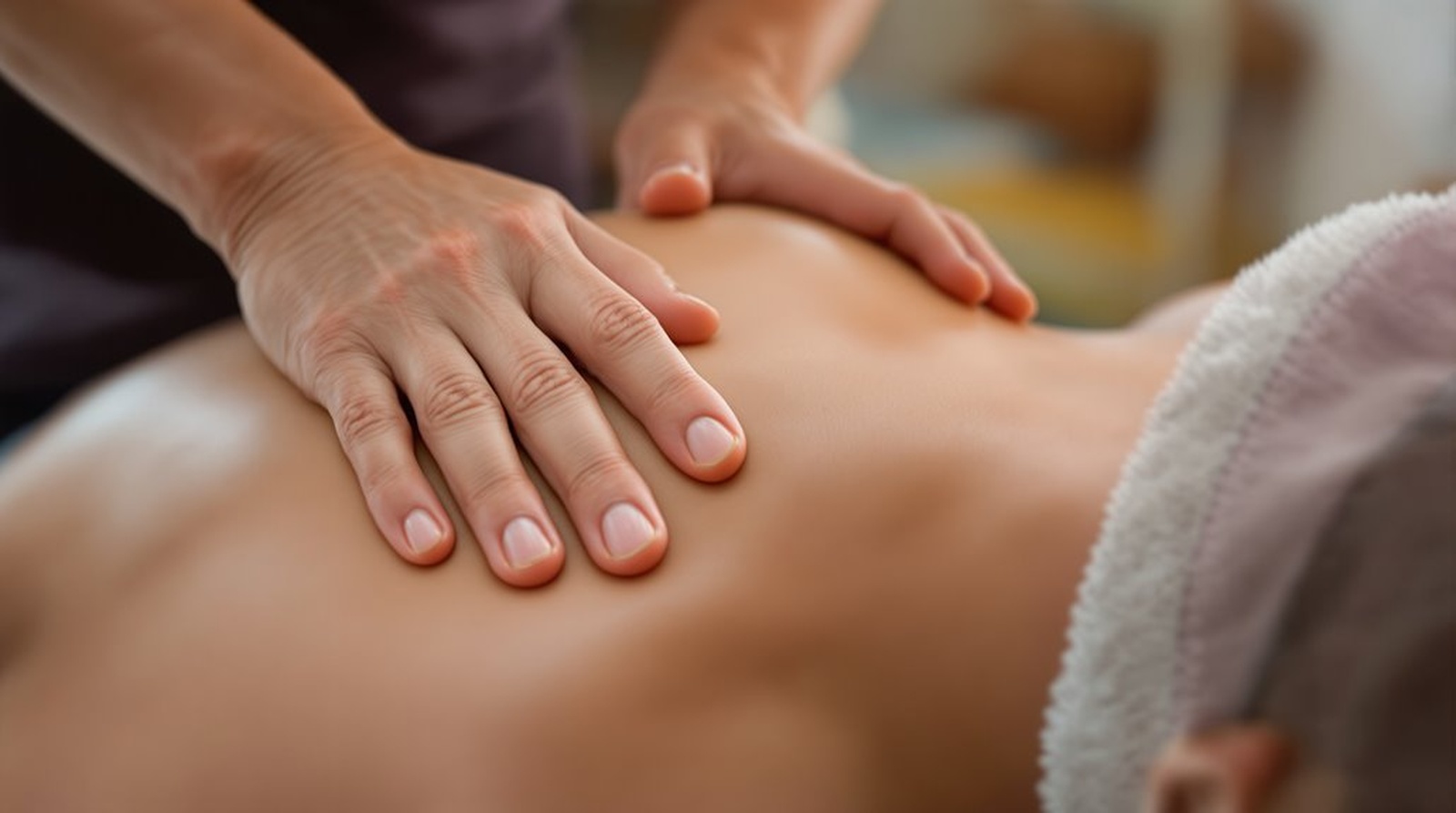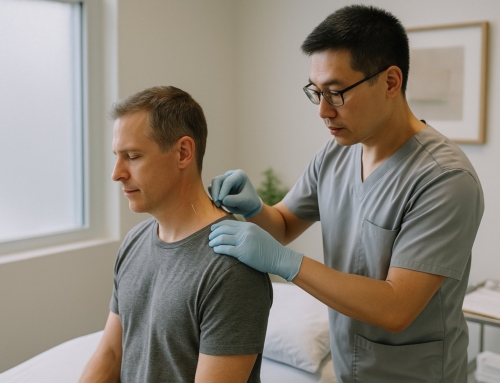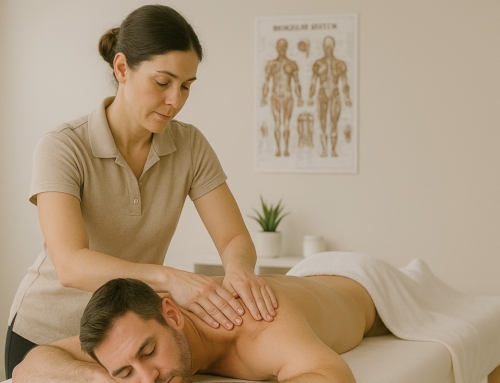Does Active Release Technique actually help with pain?
Active Release Technique (ART) targets the scar tissue that often triggers ongoing pain. This specialized treatment has gained popularity among athletes and office workers alike for addressing soft tissue problems that other approaches might miss. If you’ve been dealing with pain that won’t go away despite rest, stretching, or other treatments, adhesions in your soft tissue could be the culprit.
These adhesions form when tissues get damaged from overuse, acute injury, or constant pressure, like sitting at a desk for years. Your body tries to repair the damage, but sometimes the healing process creates tissues that stick together when they shouldn’t. The result? Pain, stiffness, and that frustrating feeling that something just isn’t right.
Here’s the thing about scar tissue: once it forms, it tends to create a cascade of problems. Limited movement in one area forces other areas to compensate, which can lead to more damage and more scar tissue. Research on ART presents mixed findings; some studies show significant improvements, while others are less conclusive. That’s why practitioners consider both scientific evidence and clinical experience when determining if ART fits your particular situation.
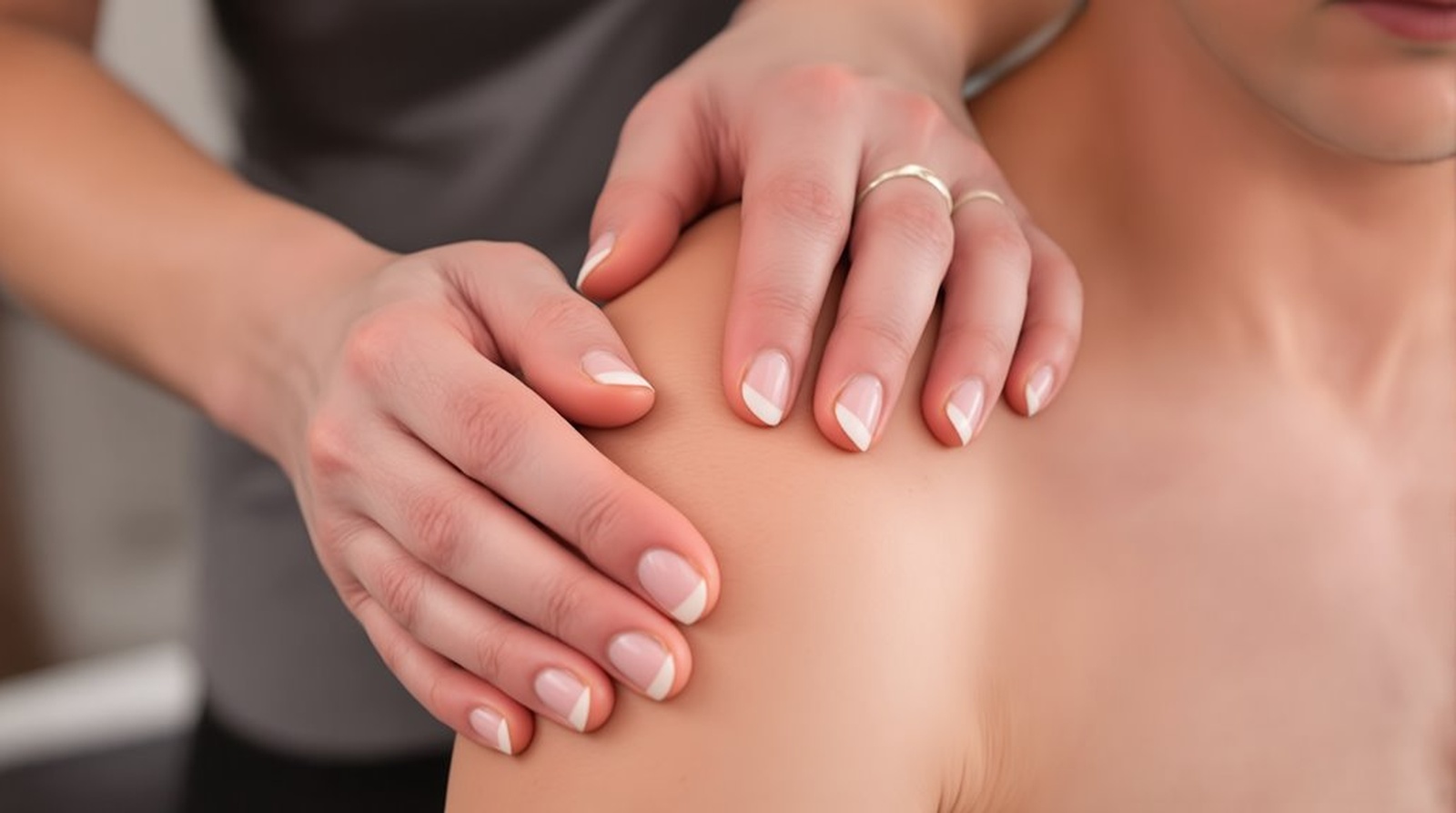
How Active Release Technique Works
Active Release Technique combines targeted pressure with specific body movements to get results. A practitioner locates the exact spots where scar tissue and adhesions have formed, then applies pressure while guiding the patient through particular motions. This dual action breaks down the restrictions that keep muscles and tissues from working properly. When soft tissues get tight and bound up, they don’t get enough oxygen, which puts extra stress on surrounding areas.
The treatment process helps muscles function normally again by improving blood flow and reducing pain signals. Think of it like untangling a knot in a rope; you need both the right pressure and the right movement to work it loose. That’s essentially what happens during an ART session, except the “knots” are in your muscles and connective tissues. The practitioner uses their hands to feel for changes in tissue texture, movement, and tension, then works to restore the smooth gliding that healthy tissues should have.
Common Conditions Treated by ART
People seek out ART for various soft tissue problems, with some conditions responding particularly well. Repetitive strain injuries like tendonitis often improve because these involve exactly the kind of tissue damage ART addresses. Nerve entrapments, including sciatica and carpal tunnel syndrome, frequently respond to treatment since these conditions often involve nerves getting trapped by surrounding restricted tissues.
Chronic back pain patients make up a large portion of ART practices, especially those whose pain comes from muscle and fascia problems rather than spine issues. The technique also helps with tension headaches (when they stem from neck and shoulder restrictions), shin splints, plantar fasciitis, and IT band syndrome. Sports injuries, such as runner’s knee and tennis elbow, have become some of the most common reasons people try ART. Athletes seeking chiropractic care often benefit from adding ART to their treatment plan. What these conditions share is that they typically involve soft tissue dysfunction, precisely what this treatment method was designed to address.
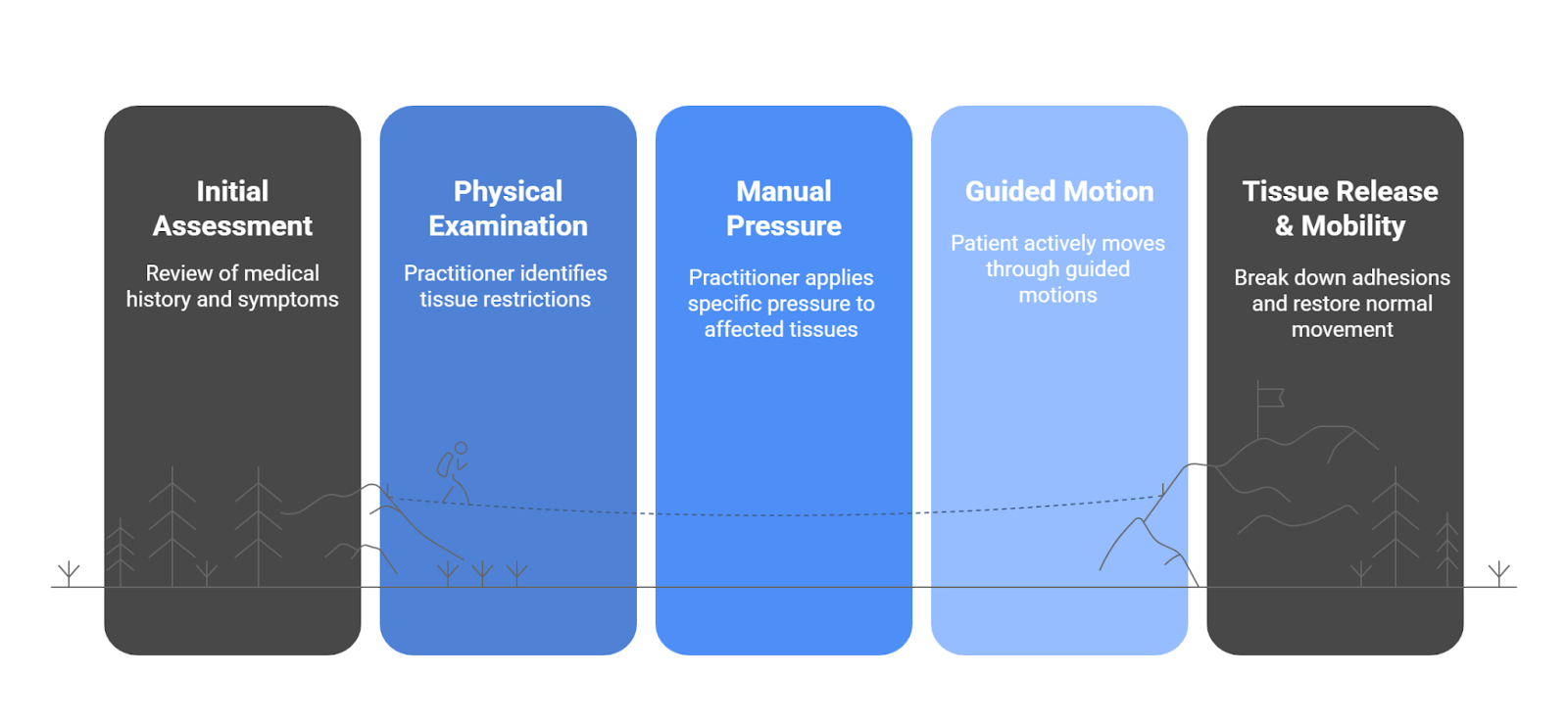
Key Benefits for Pain Relief and Mobility
The main advantage of ART is relatively quick results under the right conditions. Many patients report noticeable improvement after just a few sessions, particularly if their problem is relatively recent. Actual pain relief often comes from addressing the mechanical problem causing the pain, rather than just treating inflammation or muscle spasms. Range of motion typically improves as tissues regain their ability to slide past each other smoothly.
Athletes particularly appreciate how Active Release can help them maintain performance while addressing problems. Unlike treatments that require extended rest periods, most people can continue their activities with modifications. The active nature of the treatment, where patients participate rather than lying passively, seems to speed recovery compared to passive modalities. This makes it particularly valuable for treating back pain when you need to stay active for work or sports. Some patients find they can avoid more aggressive interventions like injections or surgery by addressing their soft tissue problems early. The key is catching these issues before they become chronic, entrenched patterns.
The Scientific Evidence Behind Its Effectiveness
While scientists are still figuring out the exact mechanisms at work, several clinical studies support ART’s effectiveness for muscle and joint problems. Research has documented improvements in chronic neck pain, reduced muscle soreness, and better movement patterns in treated patients. Various research analyses have consistently found positive outcomes, particularly in pain reduction and improved physical function, which are encouraging findings for anyone considering this treatment option.
That said, the research isn’t picture perfect. Some studies show strong results while others are less impressive, which is pretty typical for manual therapy research. The best evidence seems to be for conditions involving soft tissue restrictions and overuse injuries. Like many hands-on treatments, individual results can vary quite a bit depending on the specific condition, the practitioner’s skill level, and how long the problem has been going on. The good news is that when ART does work, patients often see relatively quick improvements compared to waiting for issues to resolve on their own.
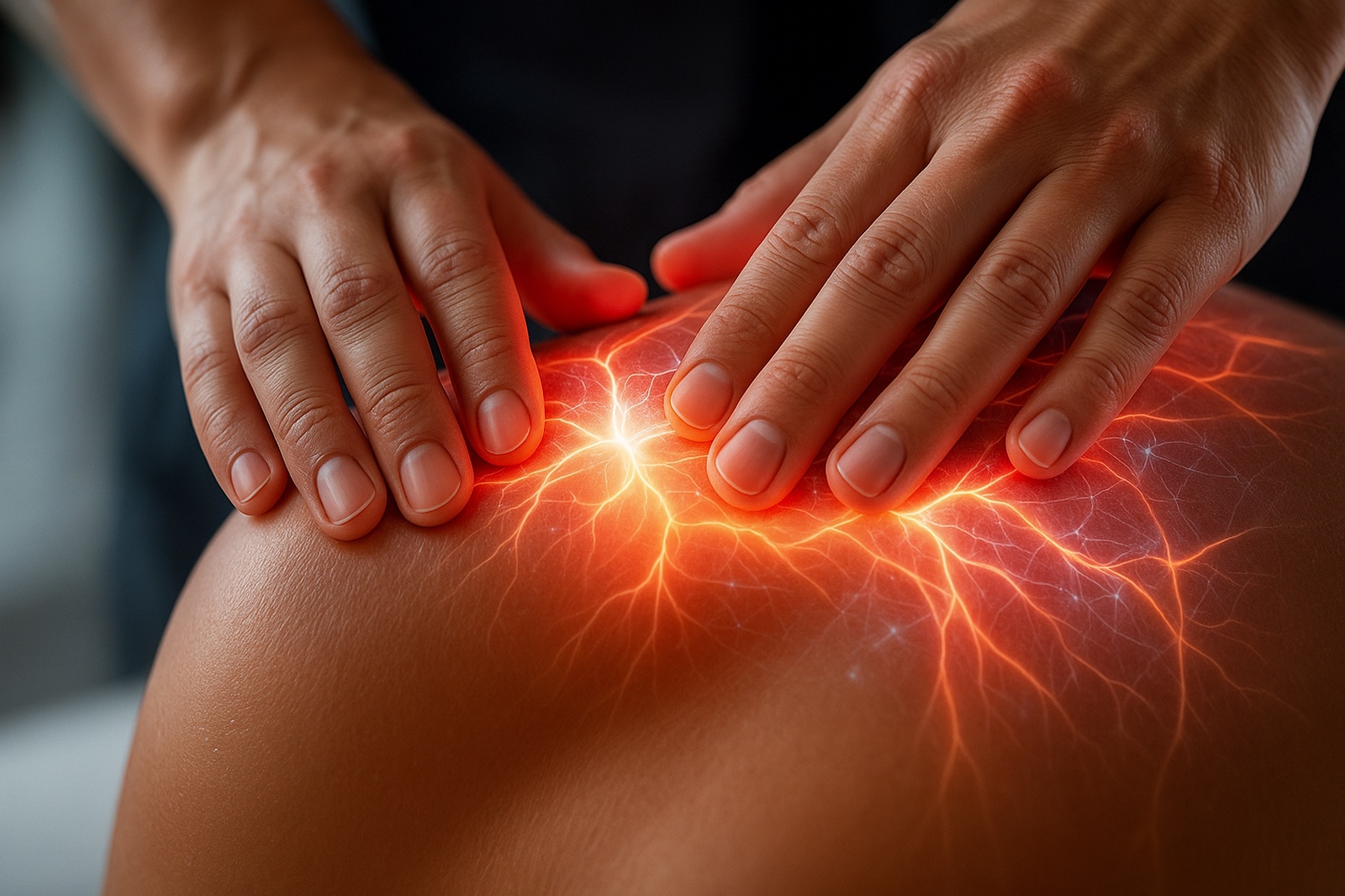
What to Expect During an ART Session
Each ART session starts with a review of your medical history and current symptoms. The practitioner then performs a physical examination to identify tissue restrictions and problem areas. Once they’ve assessed what needs work, the actual treatment starts:
- The practitioner applies specific manual pressure to the affected tissues
- You actively move through guided motions while they maintain pressure
- This combination works to break down adhesions and get tissues moving normally
The treatment can feel pretty intense – some describe it as “good hurt”, similar to deep stretching. Patients often feel the tissues releasing as the practitioner works through restricted areas. While it’s not always comfortable in the moment, most people find the discomfort worthwhile when they experience the results. Sessions typically last 15-30 minutes, depending on how many areas need attention.
Frequently Asked Questions
How Is ART Different From Deep Tissue Massage?
While both involve hands-on treatment, ART uses patient movement as an essential component. Deep tissue massage works on relaxed muscles using various strokes and pressures. With ART, the practitioner holds specific contact while you actively move, creating a shearing force that separates adhered tissues. The treatment is also more targeted – focusing on specific adhesions rather than working broadly across muscle groups.
Is ART Covered by Insurance Plans?
Yes, some insurance plans do cover ART, but it varies by policy.
Coverage really depends on what insurance plan you have. Some policies don’t specifically mention ART but may cover it under “myofascial release” instead. We always recommend checking directly with both your provider and insurance company to confirm what’s covered under your specific plan.
Are There Side Effects or Soreness After Treatment?
Yes, there can be some side effects after treatment.
We often see temporary soreness, mild bruising, or stiffness – this is completely normal. Your body is simply adjusting as we release tissue restrictions that have been there for ages. These effects usually clear up within a day or two.
Who Is Qualified to Perform Active Release Technique?
Only licensed healthcare professionals who’ve finished the rigorous ART certification training can perform this technique on you. We’re talking about chiropractors, physical therapists, and other qualified practitioners who’ve mastered the precise skills needed to deliver effective treatment.
Can I Do ART on Myself at Home?
No, we don’t recommend doing ART on yourself at home. This technique requires proper anatomical knowledge and training to work safely and effectively. Without professional expertise, you could end up with ineffective treatment or potentially worsen your injury. It’s best to leave ART to qualified practitioners who understand the precise application needed for your specific condition.

